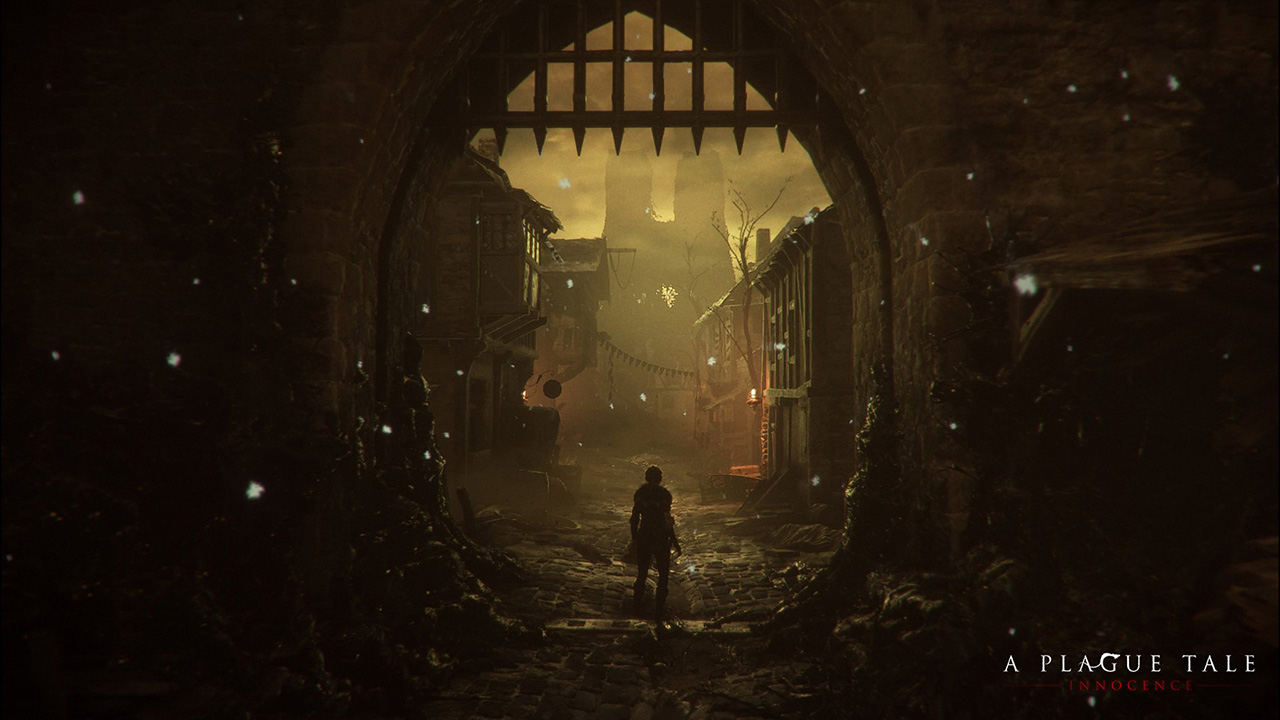This aims to be factual information about the size of large language models. None of this document was written by AI. I do not include any information from leaks or rumors. The focus of this document is on base models (the raw text continuation engines, not 'helpful chatbot/assistants'). This is a view from a few years ago to today of one very tiny fraction of the larger LLM story that's happening.
- GPT-2,-medium,-large,-xl (2019): 137M, 380M, 812M, 1.61B. Source: openai-community/gpt2. Trained on the unreleased WebText dataset said to 40GB of Internet text - I estimate that to be roughly 10B tokens. You can see a list of the websites that went into that data set here domains.txt.
- GPT-3 aka davinci, davinci-002 (2020): 175B parameters. There is a good breakdown of how those parameters are 'spent' here [How d
